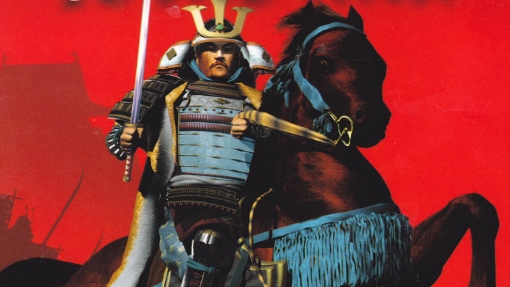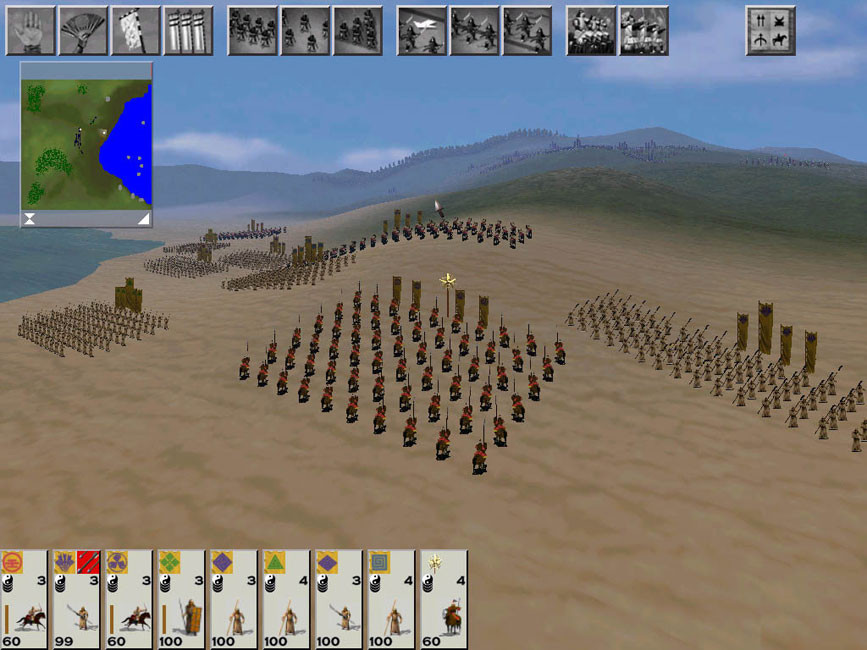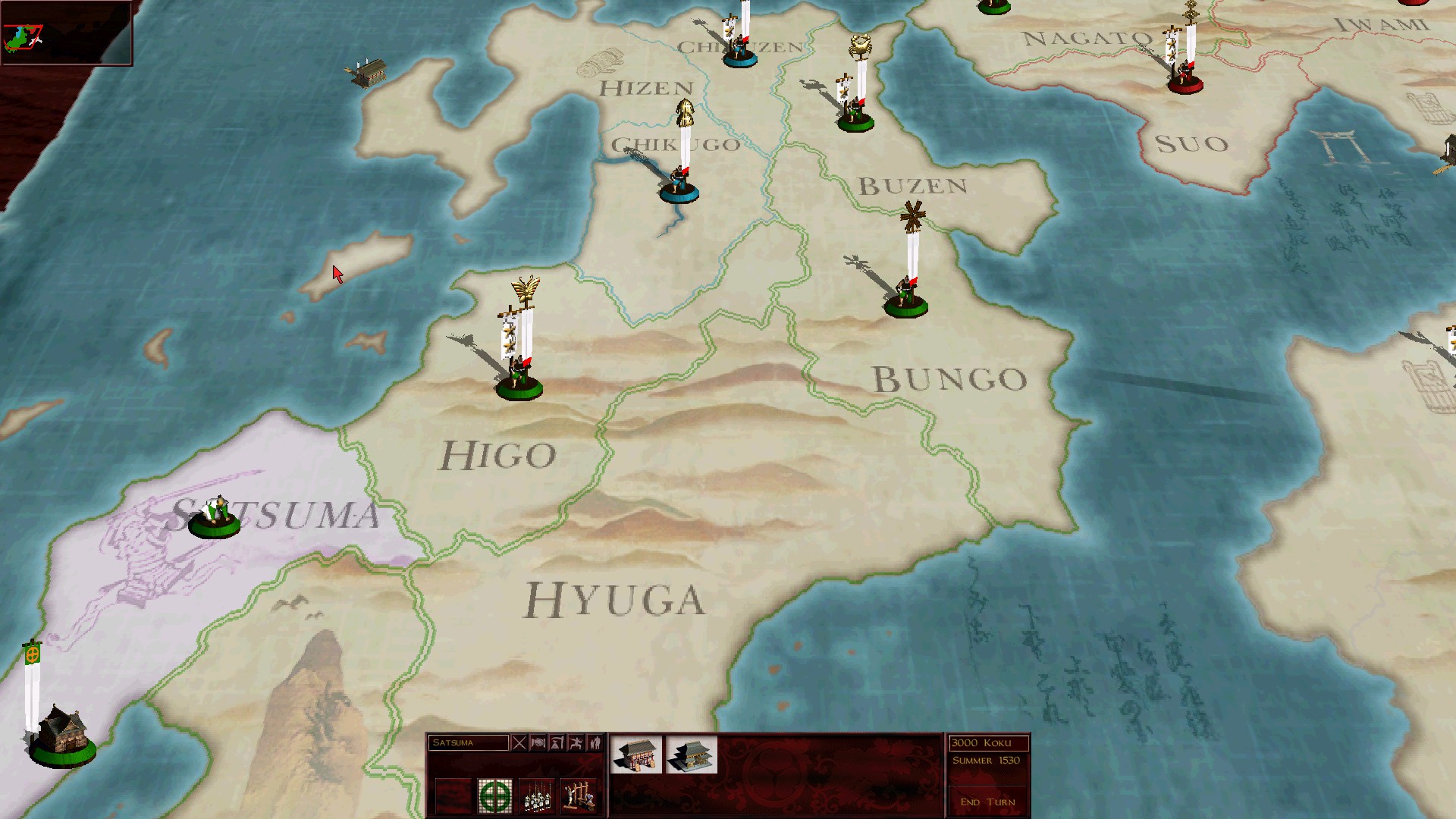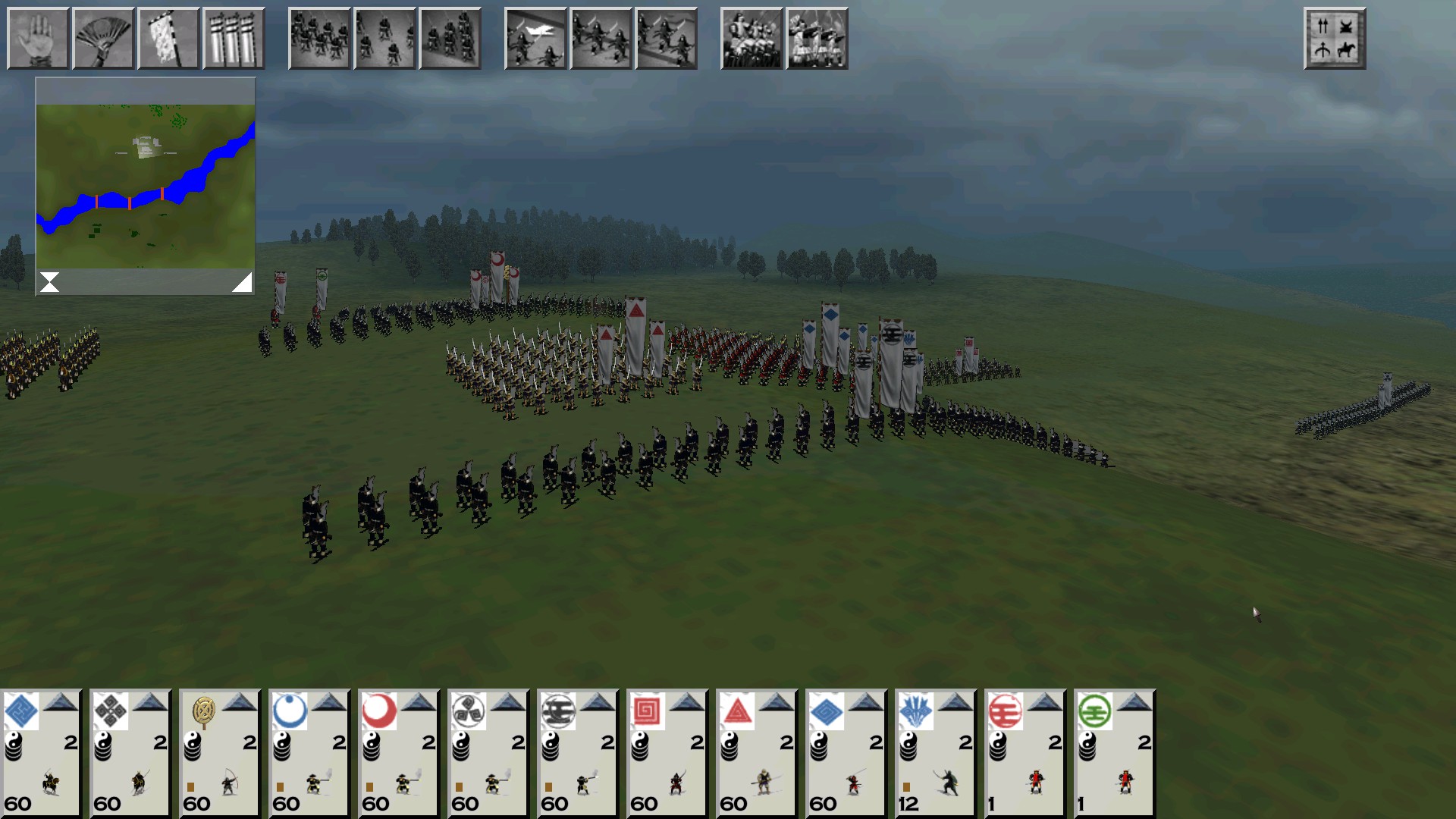Shogun: Total War started a long legacy, but it was almost a very different game
Combining turn-based strategy and RTS battles was a bold gamble.

This feature originally appeared in PC Gamer UK magazine's April issue as part of a series of pieces celebrating PC gaming greats. We'll be posting more in the coming week.
Shogun: Total War spawned a history-spanning strategy series, several spin-offs and even a detour into Warhammer. Almost all of them are unified by tactical real-time battles, turn-based empire-building, and a foundation that was established all the way back in the late 1990s, during Shogun’s development. But the first concept for the game looked very different.
In 2000, Creative Assembly released its hybrid. There was diplomacy, trade, ninjas going around murdering people; then you’d quickly have to switch gears so you could micromanage individual units and crush your enemy in real-time scraps. These fundamentals haven’t been changed, but before the studio came up with the enduring formula, it was creating a traditional Command & Conquer-style RTS.
Shogun control

The first change came when graphics cards started appearing, giving the team the freedom to build 3D maps with more realistic terrain. When, on a whim, the camera was changed so that it pointed at the horizon, the traditional top-down perspective was also thrown out. But one vital ingredient was still missing.
“The campaign map was meant to give context to the battles,” recalls artist Nick Tresadern, who joined when the Total War team was just seven people. “We thought if we just did a series of battles in a row it wouldn’t be as personal to the player because they didn’t choose to fight that next battle. By doing the campaign map, the player chose to move into that province and fight that army; it made each battle particular to them.”
Features more common in meaty tabletop wargames at the time also made an appearance, but thanks to the real-time 3D fights they were less abstract. Cowardly units could make a break for it and flee the battlefield, ignoring orders, while line of sight could be affected by fog and terrain.
“The battles innovated in a few ways, certainly in terms of battlefield realism,” says UI designer Joss Adley, who also joined Creative Assembly during the Shogun days. “We still had these sprites running around, which everyone is familiar with, but we added morale, the idea of fatigue and the idea of weather affecting unit performance. It was quite severe in some cases—if it was a rainstorm, the primitive arquebus guns just wouldn’t fire at all.”
Keep up to date with the most important stories and the best deals, as picked by the PC Gamer team.
Grand ambitions

Shogun was two deeply connected games in one, and not a lot was left on the cutting room floor. At one point a ‘Guess Who’ feature was considered, where you’d have to look for traitors based on vague descriptions like ‘he has a moustache’. It didn’t survive. And even back then Creative Assembly was considering a multiplayer campaign—and a play-by-email system—though it didn’t end up appearing until Napoleon. At least Shogun 2 benefited.
“It completely laid the foundations for all the Total Wars to follow, and there’s very little we removed,” says Adley. “It was mostly adding on stuff. Obviously there was a big change with the campaign map style from Medieval to Rome, where it went from Risk-style to more action-point-based, but apart from that pretty much everything [else] remained.”
Creative Assembly, which had previously developed EA Sports games, didn’t know it had a series on its hands, but it was prepared. “The Total War part is the brand, and that was in there quite early,” says Tresadern. Total War was there before Shogun was settled on, and the team knew it could translate the game to another setting, which it soon did with Medieval.

With future games came new systems inspired by the settings, but other changes came with better tech. Multiplayer, larger army sizes, sieges with loads of destructible buildings—every iteration pushed things forward. Back in Shogun, even with the sprite units, memory constraints imposed some serious limitations.
“We didn’t have enough memory to do left and right, so when the guys moved left it just flipped the sprite in real-time,” Tresadern remembers. And while the campaign had a bespoke, themed user interface, the battle UI was stuck with some white boxes because there was no more space for textures.
While Total War has carried on what Shogun started, surprisingly few other games have even attempted to take a crack at it. Strategy developers have definitely taken notes and built on Total War ideas, but hardly any have remade the whole. Maybe they’re the sensible ones.
“Setting out to make a project that’s essentially two projects in one—it is double the amount of work—I think is just a crazy thing to do,” says Adley. “I don’t think anyone wants to go there. I’m surprised we did.”

Fraser is the UK online editor and has actually met The Internet in person. With over a decade of experience, he's been around the block a few times, serving as a freelancer, news editor and prolific reviewer. Strategy games have been a 30-year-long obsession, from tiny RTSs to sprawling political sims, and he never turns down the chance to rave about Total War or Crusader Kings. He's also been known to set up shop in the latest MMO and likes to wind down with an endlessly deep, systemic RPG. These days, when he's not editing, he can usually be found writing features that are 1,000 words too long or talking about his dog.

